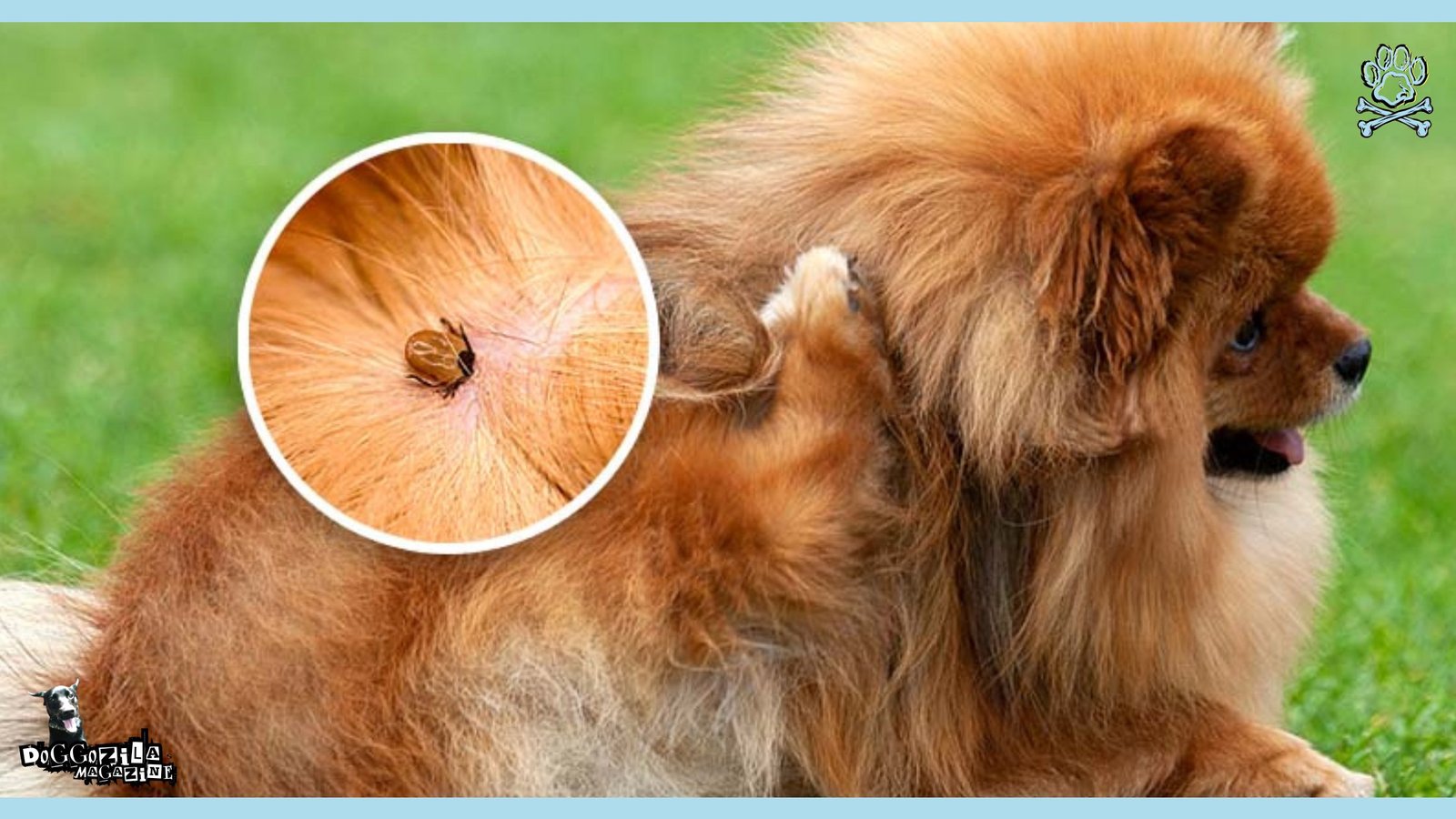Flea Allergy Dermatitis (FAD) is a common allergic reaction that occurs in dogs due to hypersensitivity to flea saliva. When a flea bites, it injects saliva into the dog’s skin, leading to intense itching and irritation, which can result in various skin lesions. This condition affects a significant portion of the canine population, with studies indicating that approximately 10% to 15% of dogs may suffer from FAD at some point in their lives.

INTRODUCTION TO FLEA ALLERGY DERMATITIS (FAD) IN DOGS
The prevalence of Flea Allergy Dermatitis (FAD) in dogs has notably increased in the past decade, attributed to factors such as the expanding flea population and changing environmental conditions that favor flea breeding.
Early Recognition of Flea Allergy in Dogs
Fleas are external parasites that thrive in environments conducive to their life cycle, such as warm, humid climates. They can be found in many domestic settings, leading to widespread infestations in homes and on pets. In addition to causing Flea Allergy Dermatitis, fleas can also transmit other diseases and parasites, complicating health issues for affected dogs.
The increase in flea populations, coupled with pet owners’ varying levels of preventive measures, has contributed to the rise in FAD cases. Consequently, more dogs are now experiencing the discomfort associated with allergy triggers, highlighting the importance of addressing infestations promptly.
Early recognition of FAD is crucial for successful management and treatment. Symptoms often include excessive scratching, licking, or biting at the skin, which can lead to more severe problems such as secondary infections or hotspot formations.
Pet owners are encouraged to be diligent in monitoring their dogs for signs of flea presence and related allergic reactions. By understanding the facets of Flea Allergy Dermatitis, pet owners can take proactive steps to ensure their dogs’ welfare, leading to timely interventions and improved quality of life for affected animals.
🔑 Key Points: Flea Allergy Dermatitis is a common allergic reaction that occurs in dogs due to hypersensitivity to flea saliva. Fleas are external parasites that thrive in environments conducive to their life cycle, such as warm, humid climates.
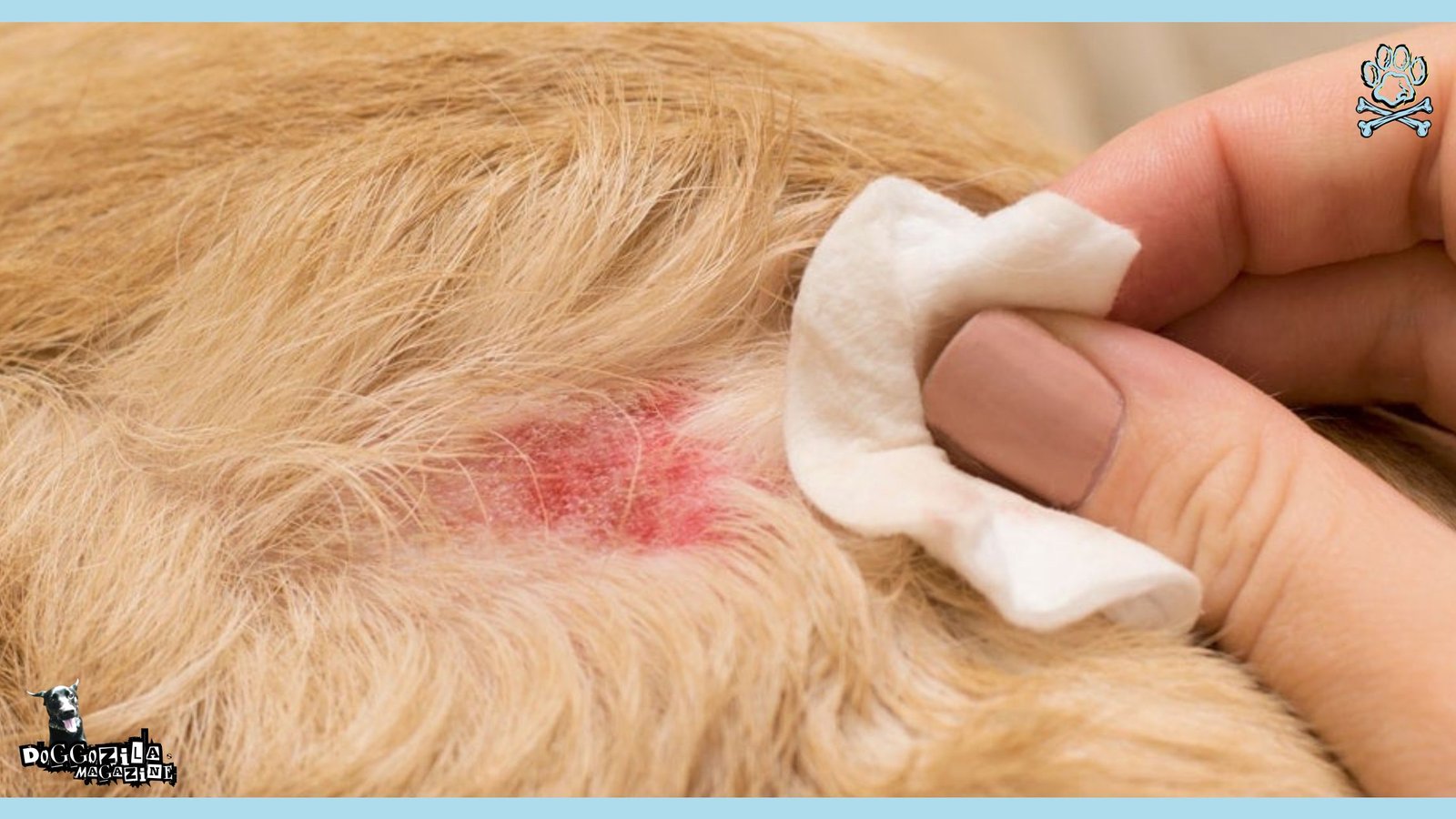
HOW FLEA ALLERGY DEVELOPS IN DOGS
Flea allergy in dogs is primarily a result of an exaggerated immune response to antigens found in flea saliva. When a flea bites a dog, it injects saliva into the bloodstream, which contains proteins capable of triggering an allergic reaction. This immune reaction occurs in susceptible dogs, leading to inflammation, intense itching, and discomfort.
Causes of Flea Allergies in Dogs
Unlike normal responses to flea bites, which may only cause minor irritation, allergic reactions can result in severe dermatitis, leading to significant skin issues if left untreated. Genetic predisposition plays a crucial role for the flea allergies in dogs.
Certain breeds, such as Labrador Retrievers, Beagles, and Dachshunds, are more prone to developing this condition, suggesting a hereditary component. Environmental factors also contribute.
Dogs living in areas with high flea populations or those that frequently encounter other infested animals are at a heightened risk. Furthermore, stress, poor nutrition, and underlying health issues can weaken a dog’s immune system, making them more vulnerable to allergies.
It is essential to recognize that flea allergies in dogs as they can take time to develop. A dog may not show symptoms immediately after exposure to fleas, as the development of an allergy often requires repeated exposure to flea saliva.
Look The Known Characteristics
Over time, the buildup of sensitization can lead to heightened reactions, even from a small number of flea bites. This characteristic makes flea allergy management challenging, as owners might assume their dog is safe in a flea-free environment without realizing prior exposure has already triggered an allergic response.
Understanding the complex interplay between flea saliva, the dog’s immune response, and the factors that predispose certain dogs to allergies is crucial for effective prevention and treatment. By identifying these dynamics, pet owners can take proactive measures to protect their furry companions from the discomfort associated with flea allergies.
🔑 Key Points: Flea allergy in dogs is primarily a result of an exaggerated immune response to antigens found in flea saliva. These allergic reactions can result in severe dermatitis, leading to significant skin issues if left untreated.

COMMON SYMPTOMS OF FLEA ALLERGY IN DOGS
Flea allergy dermatitis is a common condition that affects many dogs, manifesting primarily through a series of noticeable symptoms that pet owners should be vigilant about.
Signs of Flea Allergies in Dogs
One of the most prominent signs is intense itching, which can lead to repetitive scratching, biting, or licking of the affected areas. This incessant itching is a response to flea saliva, which some dogs’ immune systems overreact to, resulting in inflammation and discomfort.
In addition to itching, pet owners might observe red, inflamed patches of skin, particularly around the neck, back, and base of the tail. These areas are often irritated not just by the bites but also by secondary infections that can develop due to the dog’s attempts to relieve the itch. Skin infections can become apparent as the dog continues to scratch and open up the skin, leading to further complications.
Another common symptom is hair loss, known as alopecia. Flea allergy can cause localized or generalized thinning of the coat, primarily due to the dog’s grooming habits as they try to alleviate their discomfort. Bald patches often accompany other symptoms like redness and flakiness of the skin.
Inspect Your Dog Regularly
During your inspections, look for flea dirt, which appears as small black specks on the dog’s skin or in their fur; this indicates the presence of fleas. Recognizing these symptoms promptly is crucial for the welfare of your dog. Early intervention can help mitigate the dog’s discomfort and prevent the escalation of secondary infections.
Regular grooming and inspection can aid in identifying the signs of flea allergy, ensuring that prompt treatment is initiated. By being attentive to these symptoms, pet owners can provide their dogs with much-needed relief and enhance their overall comfort and health.
🔑 Key Points: Flea allergy dermatitis is a common condition that affects many dogs. Most prominent signs is intense itching, which can lead to repetitive scratching, biting, or licking of the affected areas.
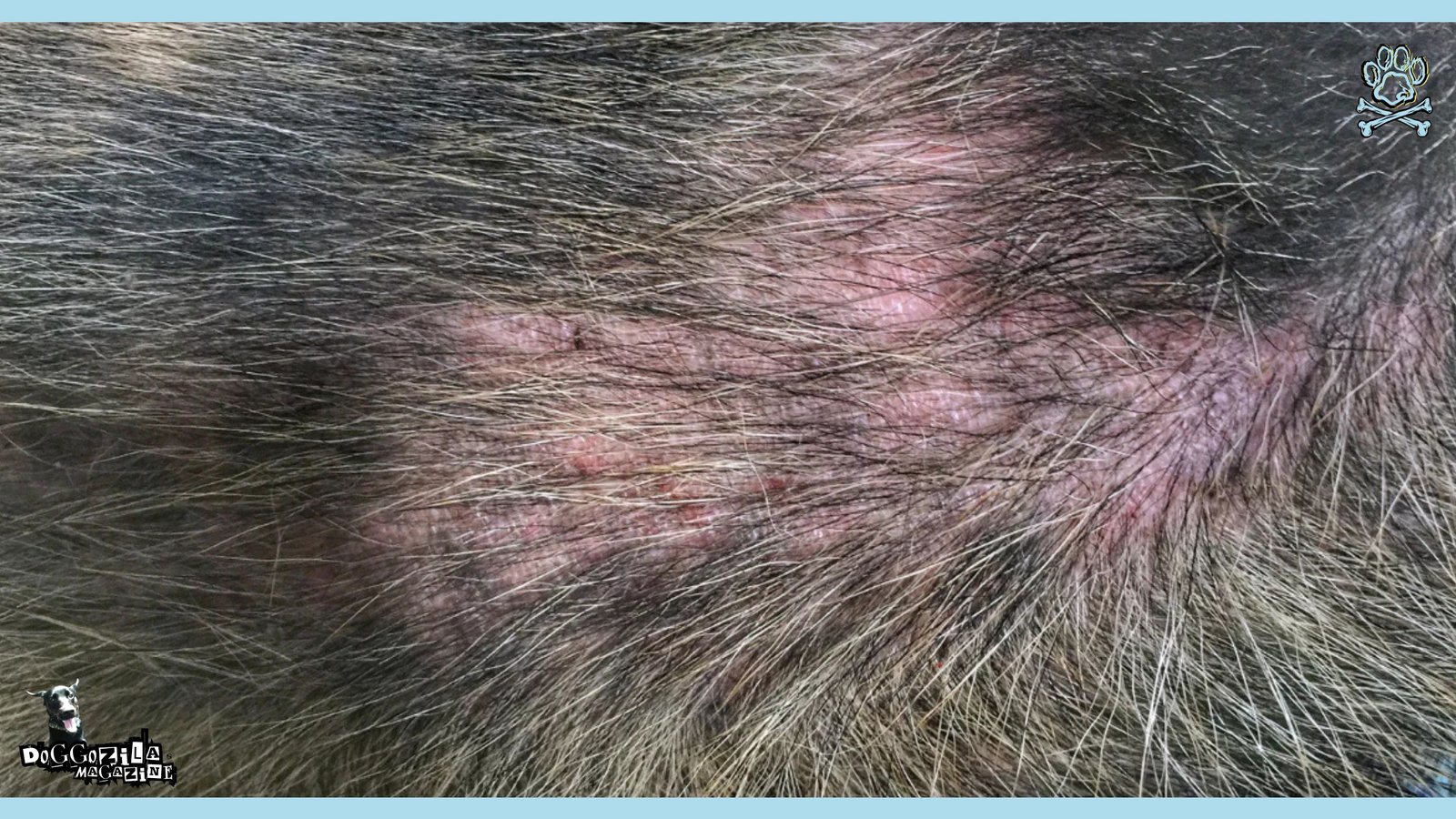
DIAGNOSIS OF FLEA ALLERGY DERMATITIS
Diagnosing flea allergy dermatitis (FAD) in dogs involves a comprehensive evaluation by a veterinarian to determine the underlying cause of the pet’s symptoms. Initially, the veterinary examination will begin with a thorough physical assessment. The veterinarian will inspect the dog’s skin closely, looking for signs of inflammation, redness, and hair loss, which are common indicators of allergic reactions.
Notably, the presence of fleas, flea dirt, or scratch marks can greatly affirm the suspicion of flea allergy dermatitis (FAD) in dogs.
Tests For Flea Allergies Dermatitis
After the physical examination, the veterinarian may recommend skin tests or blood tests. Skin testing involves introducing small amounts of allergens under the skin to observe the pet’s reaction, while blood tests can help identify the presence of antibodies related to environmental allergies.
These diagnostics are crucial, as they not only aid in confirming flea allergies but also assist in ruling out other dermatological conditions that may exhibit similar symptoms, such as bacterial infections, skin mites, or food allergies in dogs.
Additionally, the veterinarian might inquire about the dog’s history and environmental factors. This includes details about the dog’s lifestyle, activity level, exposure to other animals, and any previous flea control measures employed by the pet owner.
Understanding these variables can help ascertain if flea allergy dermatitis is indeed the cause or if other allergens might be at play. The process of elimination is essential in ensuring an accurate diagnosis, as misdiagnosis could lead to ineffective treatment strategies.
Ultimately, pet owners can expect a thorough investigation during their veterinary visit. Reliable diagnosis of flea allergy dermatitis necessitates a collaborative effort between the veterinarian and the pet owner to ensure the best outcome for the dog’s health and well-being.
🔑 Key Points: Diagnosing flea allergy in dogs involves a comprehensive evaluation by a veterinarian to determine the underlying cause of the pet’s symptoms. After the physical examination, the veterinarian may recommend skin tests or blood tests.
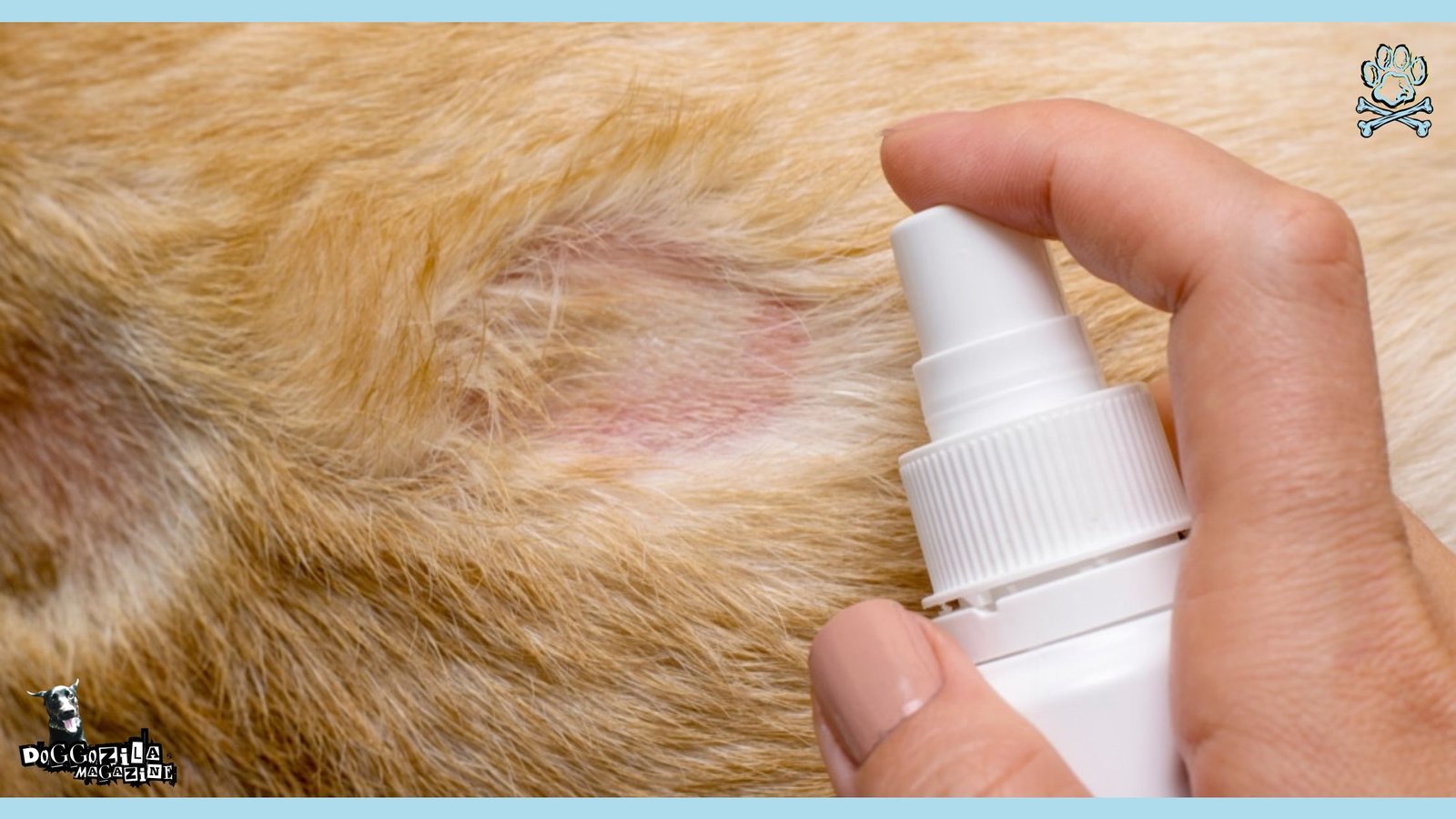
TREATMENT OPTIONS FOR FLEA ALLERGY IN DOGS
Flea allergy dermatitis (FAD) is a common condition affecting dogs, characterized by an allergic reaction to flea saliva. Managing this condition effectively relies on various treatment options aimed at alleviating symptoms and controlling flea populations. It is essential to adopt a comprehensive approach that encompasses topical treatments, oral medications, and veterinary-prescribed therapies.
How to Manage this Dog Health Condition
Topical treatments, such as flea shampoos and spot-on treatments, are often the first line of defense against flea allergies. These products not only kill existing fleas but also help soothe the inflamed skin associated with allergic reactions.
Many of these formulations contain ingredients like pyrethrins or fipronil, which quickly eliminate fleas upon contact. Additionally, some topical treatments are designed to prevent future infestations by providing long-lasting protection against fleas.
Oral medications also play a critical role in the management of flea allergies in dogs. Medications such as isoxazolines (e.g., Bravecto, NexGard) work by killing fleas and ticks when they bite the dog.
These medications are often favored for their ease of use, as they usually require only monthly dosing. Furthermore, they can provide significant relief from itching and discomfort associated with flea bites, allowing for a more favorable healing process for affected skin.
Corticosteroids For Severe Cases of Flea Allergy
Veterinary-prescribed therapies may be essential for severe cases of flea allergy. Corticosteroids, for example, may be recommended to reduce inflammation and itchiness, offering quick relief to the dog. Other treatments might include antihistamines or other immunomodulatory medications that can help manage allergic reactions more effectively.
Beyond medicinal options, it is crucial to implement a robust flea control plan that includes regular grooming and the use of flea collars or treatments in the home environment to eliminate fleas and their eggs. By maintaining a clean environment and addressing flea issues promptly, pet owners can greatly improve their dog’s quality of life while managing flea allergies effectively.
🔑 Key Points: Managing this condition effectively relies on various treatment options aimed at alleviating symptoms and controlling flea populations. Veterinary-prescribed therapies may be essential for severe cases of flea allergy.
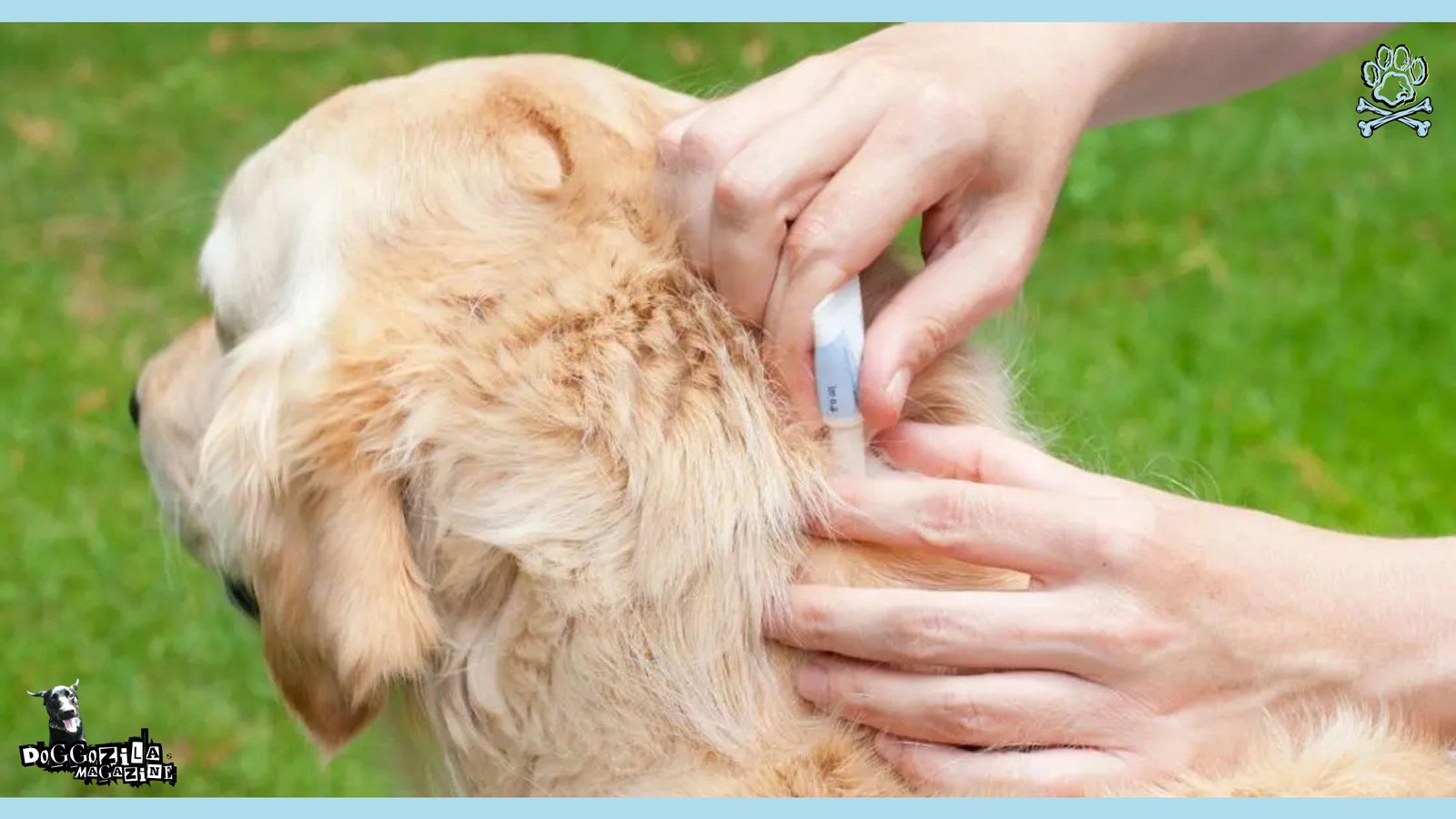
PREVENTING FLEA ALLERGIES IN DOGS
Preventing flea allergies in dogs is crucial to ensuring their overall well-being and comfort. Flea allergies can lead to significant distress and health issues for your pet, making proactive measures important for every dog owner.
Ways To Prevent the Flea Allergies Dermatitis
One of the most effective ways to prevent flea allergies is through regular flea treatments. This includes using veterinarian-recommended topical treatments, oral medications, and flea collars designed to eliminate fleas before they can cause allergic reactions.
In addition to regular treatments, maintaining a clean living environment plays a vital role in flea prevention. It is essential to vacuum carpets, rugs, and furniture frequently, as fleas can hide in these areas.
Washing your dog’s bedding and any textiles they come into contact with in hot water on a regular basis helps to eliminate flea eggs and larvae. Furthermore, consider utilizing flea traps and cleaning products that target these pests, to provide an extra layer of protection against infestations.
Why Seasonal Flea Control Is Important
Seasonal flea control is another important aspect of preventing flea allergies. Flea populations often surge during warm months, so it is advisable to begin preventive measures before flea season starts. This means ensuring that your dog is on a flea control regimen as soon as spring begins and continuing treatments until the end of fall.
Consult with your veterinarian about the best practices tailored to your dog’s specific needs and local flea trends. Engaging in preventive measures not only enhances your dog’s comfort but also reduces the risk of flea allergy development significantly.
Regularly evaluating your dog’s environment, using effective flea treatments, and maintaining a tidy living space are critical steps that all dog owners should implement. By taking these precautions, you can safeguard your furry friend from the discomfort associated with flea allergies.
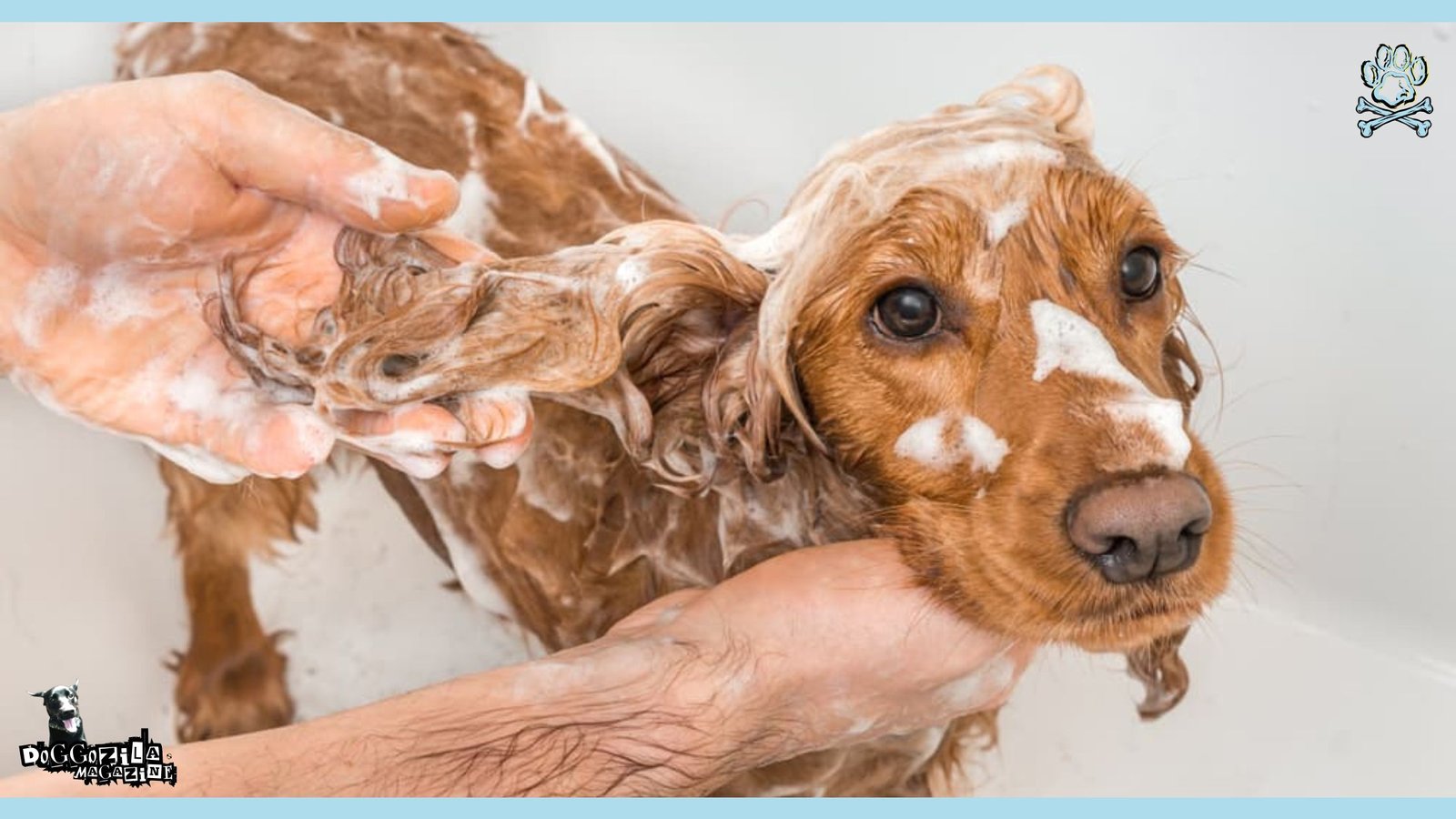
Final Thoughts on Flea Allergies (FAD) in Dogs
Flea allergy in dogs is a health condition that bears significant attention from pet owners. Throughout this guide article, we explored the various aspects associated with this affliction, including its causes, symptoms, and available solutions. Flea allergy dermatitis is characterized by an intense sensitivity to flea saliva, leading to various uncomfortable symptoms in affected dogs.
Recognizing these signs early is crucial for effective treatment and management. It is vital for dog owners to maintain vigilance regarding their pets’ exposure to fleas. Regular use of flea prevention products, such as topical treatments and oral medications, can significantly reduce the likelihood of flea infestations.
Furthermore, ensuring a clean living environment through regular vacuuming and washing bedding helps in minimizing the risk of fleas settling in your home. Awareness of the symptoms, such as excessive scratching, redness, and hair loss, can aid in prompt intervention.
Brief Summary About FAD
If you suspect that your dog may be suffering from a flea allergy, seeking veterinary advice is a proactive step towards ensuring their well-being. A veterinarian can evaluate your dog’s condition and recommend appropriate treatment options, which may include corticosteroids to alleviate inflammation, flea control measures, and even allergy tests in some cases.
Encouraging open communication with your vet about any behavioral changes or symptoms can help foster a holistic approach to your dog’s health. Ultimately, pet ownership entails a commitment to the health and welfare of your furry companions.
Understanding flea allergy in dogs and taking proactive measures can lead to improved quality of life for affected pets. By staying informed and responsive to your dog’s needs, you are not just addressing a potential health issue; you are ensuring a happier, healthier life for your beloved furry friend.
